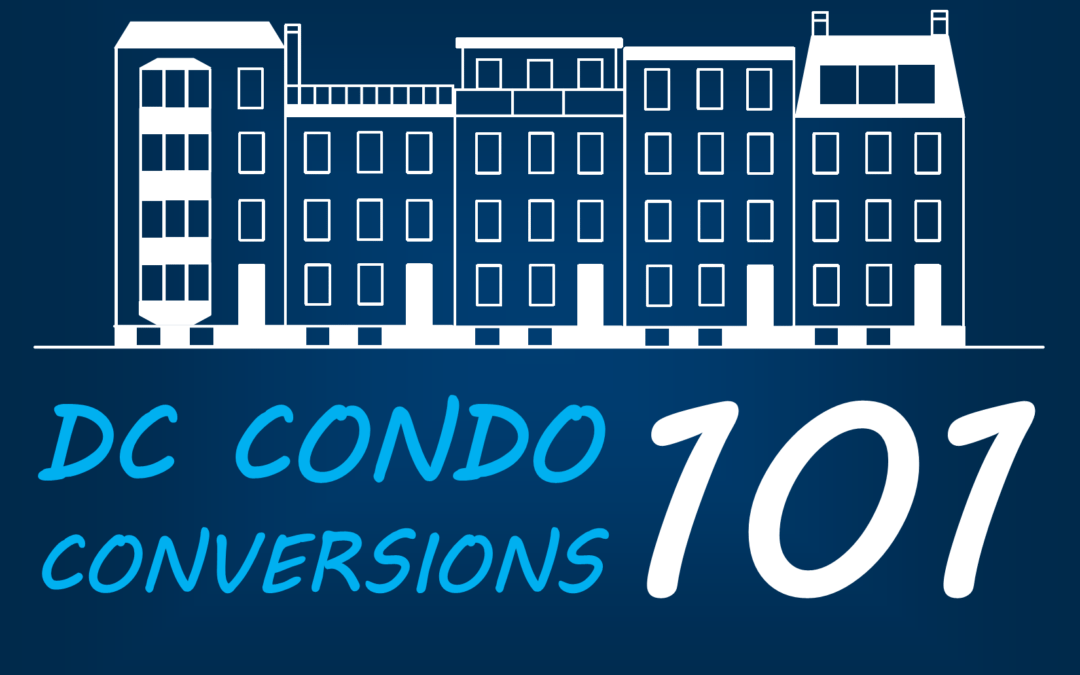Why would an investor choose a condo conversion over a traditional flip?
Generally, condo conversions are significantly more construction-intensive than traditional flips, not to mention the necessary zoning and foundation requirements which we will get into later. So why take on the greater risk? Because with greater risk comes greater reward. The profits from condo conversions tend to be much larger than a traditional flip, and therefore a popular strategy with savvy DC rehabbers. Let’s break the numbers down in a side-by-side comparison.
Example Deal:
Purchase Price: $600,000
Construction Costs: $170,000
Total Transfer and Settlement costs: $20,000
Agent Commission: $27,000
ARV (After-Repair Value): $900,000
Potential Profit: $83,000
Construction Costs: $400,000
Total Transfer & Settlement costs: $25,000
Agent Commission: $39,000
ARV Unit 1: $550,000 ARV Unit 2: $750,000
Potential Profit: $236,000
- Am I ready and capable of taking on a project of this scope?
- Are my current contractors capable of this type of project?
- Am I ready to commit to a project that can take 12-24 months to complete?
If you answered yes to these questions, then congrats, you may be ready to join the ranks of the condo conversion pros. So, let’s dive into the basics of DC condo conversions.
How to choose a property for a condo conversion
Just like a traditional flip, you have to take a look at several factors when considering a DC property with condo conversion potential.
- Does the neighborhood have a demand for multifamily properties?
- Are there quality comps?
- If you plan to add floors, does the foundation require underpinning?
- Are there zoning restrictions like RA-1 Zoning or an 800 Series Lot that you need to worry about? If so, requesting a variance can take months and typically doesn’t have a high chance of being granted.
How to choose a contractor for a condo conversion
You may have a fantastic go-to contractor that you use for your single-family flips, but they may not have the experience necessary to complete a project of this scope. You might need to save your go-to crew for single-family properties and go with an experienced condo conversion contractor.
In addition to your contractor crew, you may want to hire a permit expediter. The number of documents and permits required just to get started on your conversion can be daunting, so hiring a professional to handle the paperwork and stay on top of the various DC Offices will save you time and your sanity.
How long do condo conversions take to complete?
Condo conversions take much longer than traditional rehabs. Many DC investors are in and out of a single-family flip in around 4-6 months, but condo conversions could take anywhere from 12-24 months between permitting and construction. Be sure to set a very realistic construction timeline so that you can sell during a hot market (such as the Spring Selling Season).
If you plan on securing the property using a lender, then be sure that you know what carrying costs you will be paying throughout the term of your loan. The easiest way to know that number? Give us a shout! We’ll break down the whole deal, including your projected carrying costs, so that you can confidently make a decision on financing your next project.
So, are you ready to take on a DC condo conversion?

